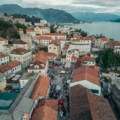The Serene Location
Nestled about 2 km east of Herceg Novi, Savina Monastery, an important Serbian Orthodox Monastery, finds itself in the heart of the lush Mediterranean vegetation. With a backdrop of the sublime Adriatic Sea, the monastery is a serene destination rooted in deep spirituality and religious significance.
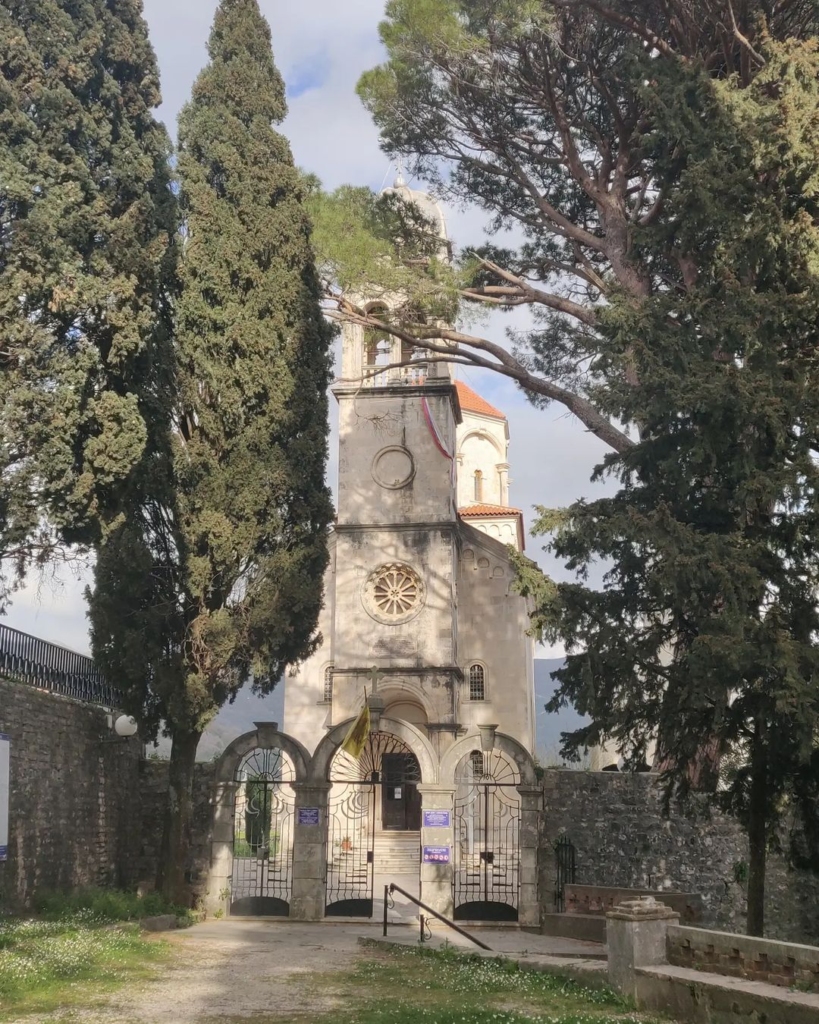
The Triad of Churches
The monastery complex comprises three churches, each constructed at different points over several centuries on the remnants of an ancient shrine from the Nemanjic dynasty era, which was obliterated in a 1667 earthquake.
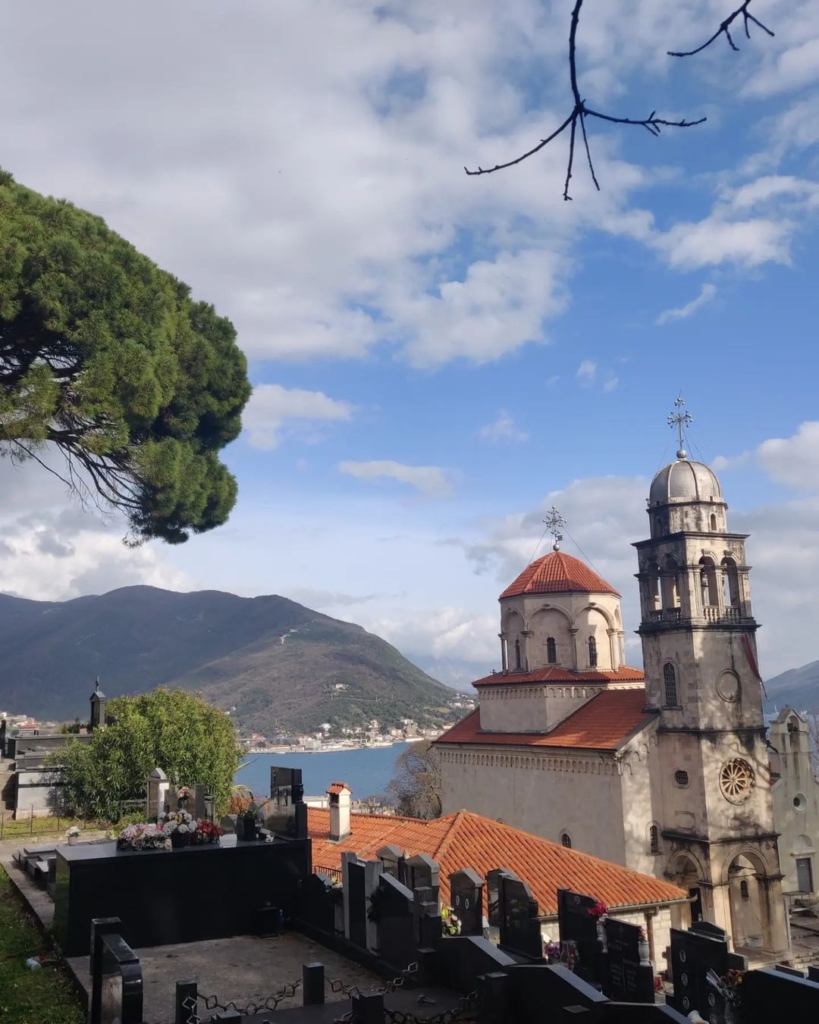
The oldest is the Church of the Assumption of the Holy Virgin, dating back to the 11th century. This is followed by the larger Church of the Assumption of the Holy Virgin from the second half of the 18th century, and the smaller Church of Saint Sava, the patron saint after whom the Savina complex is named. Perched on a plateau approximately 300 meters above the entire monastic complex, this final church provides a breathtaking panoramic view of the monastery and its surroundings.
Interested in exploring the spiritual and historical tapestry of Montenegro? Don’t miss this comprehensive guide on the Top Ten Monasteries and Churches to Visit in Montenegro. From the gravity-defying Ostrog Monastery to the serene Savina Monastery overlooking the Bay of Kotor, this blog post is a treasure trove for anyone intrigued by the intersections of spirituality, culture, and architecture.
The Architectural Marvel
The larger Church of the Assumption of the Holy Virgin, the centerpiece of the Savina Monastery, is a seamless blend of Romanesque, Gothic, Byzantine, and Baroque architectural styles. Built by Dalmatian masters Nikola Foretic from the Korcula Island and his local fellow master George, the church boasts a single-nave basilica construction, complete with a semi-circular apse and an octagonal dome over its central part.
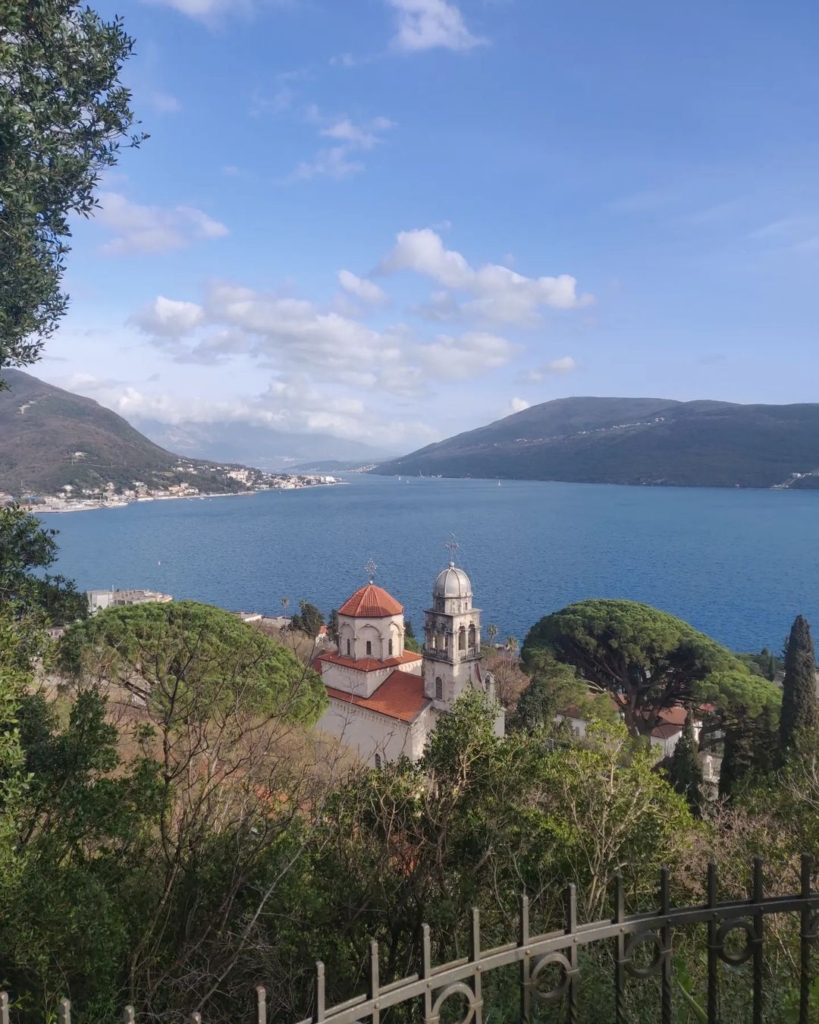
Inside, the left choir showcases the iconostasis – a highly respected miracle icon of the Holy Mother of God, known as the Savina Holy Virgin.
Relics and Reliquaries
The Savina Monastery is a treasure trove of historical relics and reliquaries, many of which date back to the Nemanjic dynasty. Among these precious artifacts are the holy relics of Queen Helen and the cross of Saint Sava.
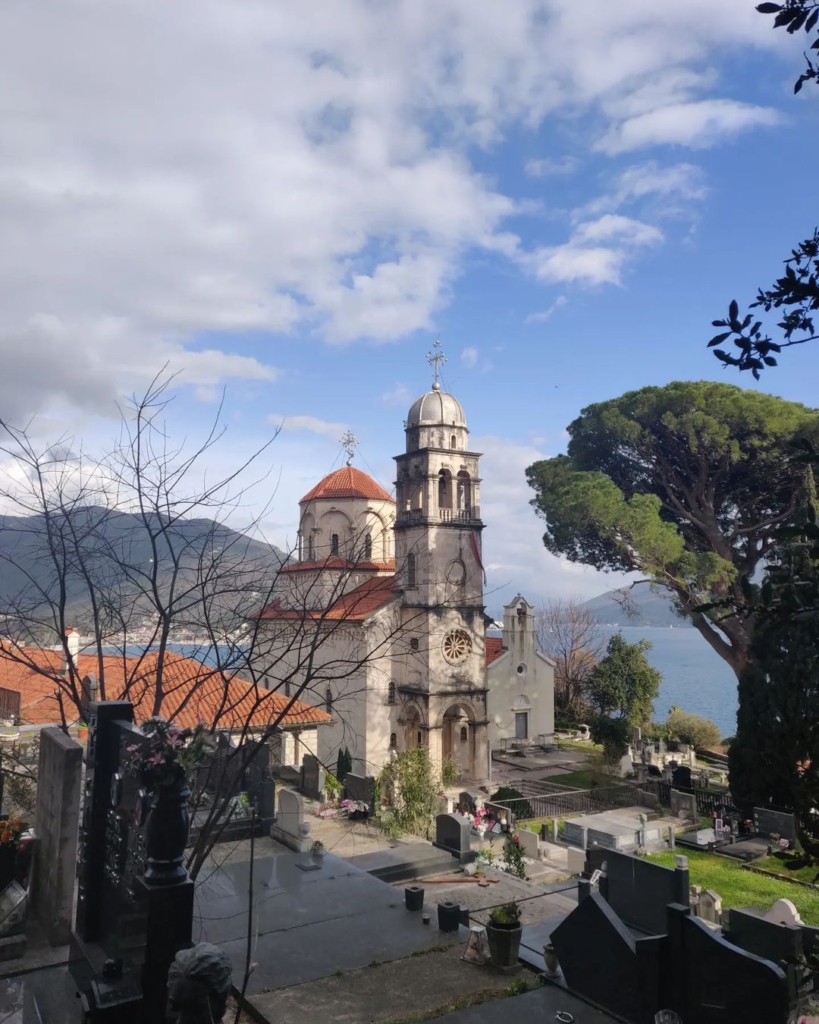
Significantly, a portion of these relics was transferred from the Tvrdoš Monastery in 1693, following its destruction during the Turkish-Venetian wars in Herzegovina. This event led to the relocation of the Tvrdoš monks to Savina Monastery, bringing along the most precious relics for safekeeping.
Read Also: Savina Winery
The Spiritual Beacon
Historically, the Savina Monastery has served as a source of spiritual strength for Serbs, a sanctuary in times of war and devastation, and a beacon guiding them through periods of suffering. This spiritual significance is reflected in the monastery’s Medieval archives, which house three ancient charters.
Historical records from 1585 also reveal that Herzog Stjepan Vukčić Kosača, who assumed the title of Herzog of Saint Sava from 1449, was a patron of the Savina Monastery. His profound respect for Saint Sava, the first Serbian archbishop, is apparent in his support for the old Church of the Dormition of the Mother of God in the Savina Monastery.
How do I get there
To reach Savina Monastery near Herceg Novi, Montenegro, drive southeast on E65/E80 (Jadranska Magistrala) for about 2.5 km from Herceg Novi, then follow signs to the monastery.
From Tivat, drive west on E65/E80 for about 20 km, and from Kotor, head towards Herceg Novi on E65/E80 for about 35 km, following signs to the local road.
Public transport options include taking a bus to Herceg Novi and then a taxi or a 3 km walk. Alternatively, taxis are readily available in Herceg Novi.
Conclusion
In conclusion, the Savina Monastery is not just an architectural marvel but a symbol of Montenegro’s rich religious history and Orthodox Christian heritage. A visit to the monastery is a profound journey into the past, unveiling the country’s spiritual and cultural roots.

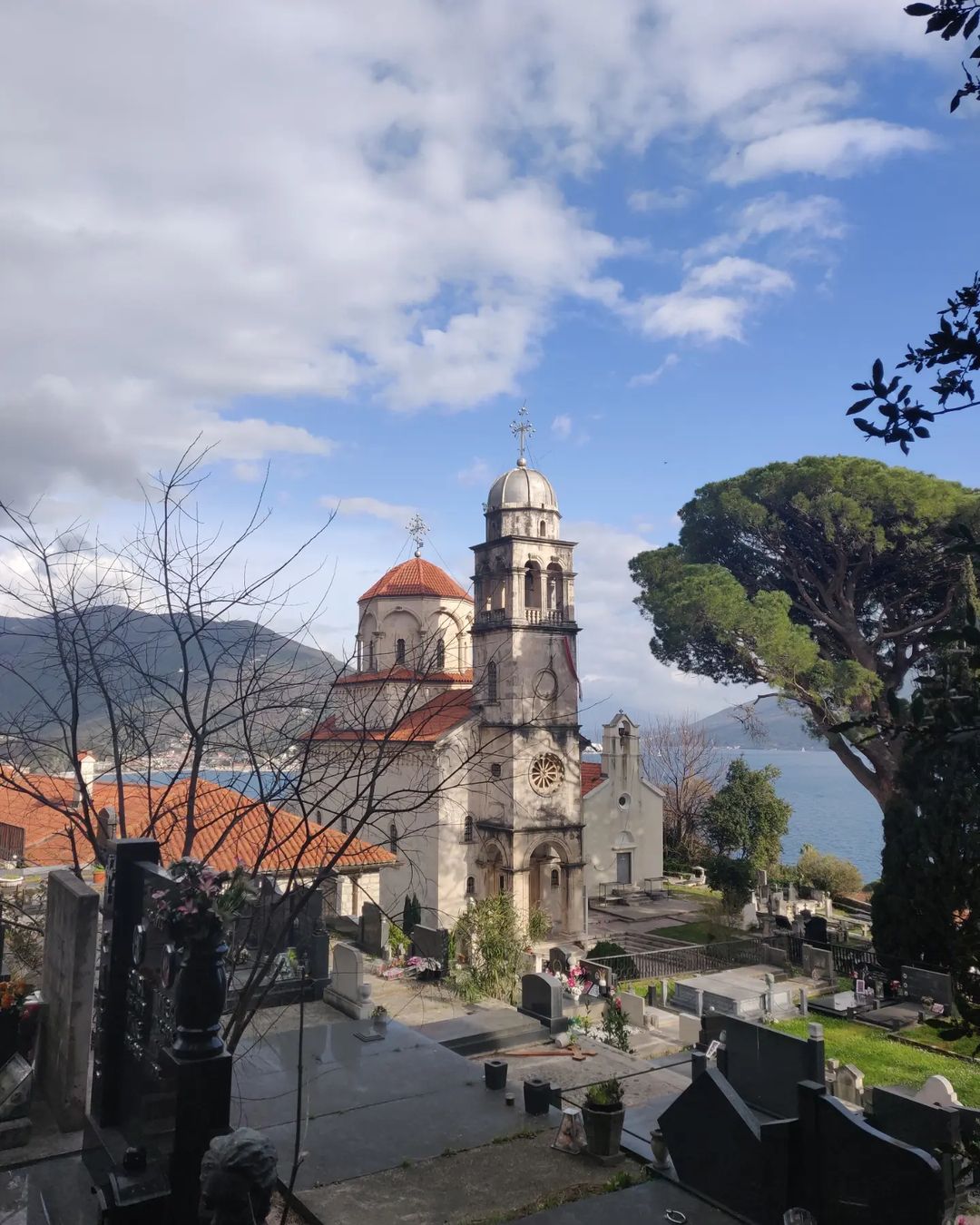

 Montenegrin Essentials
Montenegrin Essentials  – Planning a trip to Montenegro?
– Planning a trip to Montenegro?  These travel essentials will help you plan your journey
These travel essentials will help you plan your journey  to Montenegro with
to Montenegro with  through
through 
